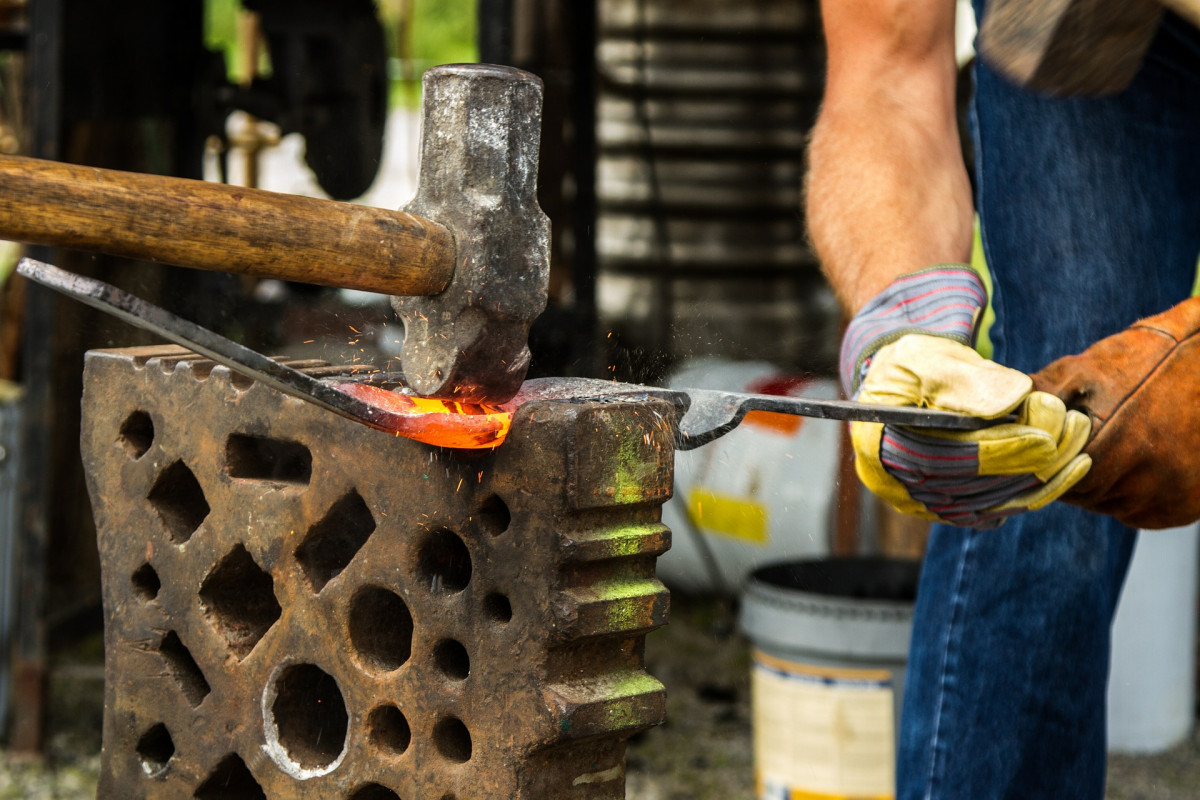
Work with a hammer long enough and you will start thinking like one. Your imagination will sculpt in the various manners it can. You could chisel away ideas with various other tools you have access to. This is literally what we can call the ‘tools’ of imagination. We think through the tools we are skilled in. And while the tool is the medium of our skill, it is also the limitation of our creativity.
This indirect relationship with design – working through tools – is very different from the relationship with design while working with your hands. Human digits can learn and evolve over time, senses can become sharper and movements can become more articulate, honing our skills to make something.
But aren’t there limitations of working with your hands and feet as well? Hand made things, after all, have the beauty of being imperfect. The question is not about perfection either. The most relevant question in design remains that of imagination. And that question is gradually turning away from ‘what’ to ‘how’.
When you don’t work with your hands, the product bears a mark of the tool that is used to make it. The tool is then, what you design, and not actually the product. This is exactly one of the fundamental ideas in digital fabrication. CNC routers, water jet cutters, KUKA robots and even Drones do things in a way they are programmed to. The outcomes, however, are, more diverse than the cumulative sum of parameters that go into the program.
Precision. Strength. Coordination. Management
These are the fundamentals of human motor skills. It is astonishing just what can be achieved by making these three exponentially advanced. KUKA has made the most complex brick walls ever. The material and construction are both traditional, but the technique of laying is new and that enables newer patterns – see Gantenbein Winery. The stability and readings of these patterns is clear solely due to the precise nature of brick-laying. Technique – is the big word here.
Materials bring properties and strength with them. The question is what technique is applied to them and how you manage to do that.
Take carbon fibre for example - one of the best new materials by all definitions. However, with newer materials, you need new tools to use and apply them. KUKA was able to do that for Elytra Pavilion. KUKA not only ‘weaves’ the fibre, coordinates with other sensors and computers to decide where the module will be placed.
The KUKA arm is a much more sophisticated and diverse version of a CNC router. Routers were already building furniture pieces and domestic devices a decade ago. They could however also build an entire functioning house out of plywood – IAAC Fab House. The precision of these machines – as a single biggest quality – enables hundred of parts to come together and lock into a single entity – just like the digital tools allow hundreds of people to work on the same project. This management and compilation of data allows for creativity to flourish as problems and concepts are broken down to smaller components of feasibility and logistics. More recently, the DFab House uses KUKA not to deal directly even with the material – concrete, in this case. The KUKA, instead, makes the most precise shuttering and reinforcement mesh – which the concrete is poured around – taking form. Precision forms the basis of how thin a structure can become. There is even an indirect relationship with the material. The relationships and marriages between materials and techniques, programming and designing, parts and whole etc are making us think about design in a completely different manner. This will definitely impact design culture and our relationship with fabrication itself.
In versions ahead, KUKA, that works on coordinates will open doors for Drones which will be able to work without an ‘arm’ attached to them but exactly on the same principles. It is in fact termed as ‘flight assembled design’. After Elytra Pavilion, the team has already built prototypes of similar structures using Drones.
Last but not the least , a fine example of coordination and communication timing is projection on moving objects which KUKA has mastered – see works of Bot & Dolly. Far from being industrial, assembly line devices, KUKA has become the agent for a paradigm shift in creative fields.
In India, Industrial Robotics training centers are already established to kick start a new design trend and thinking. http://www.akgec-kuka.org/